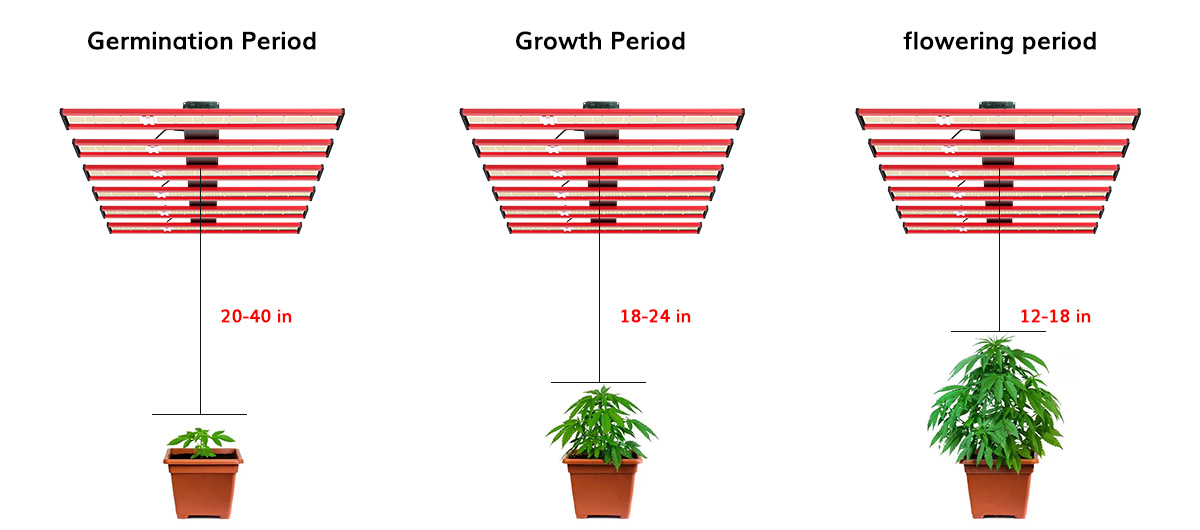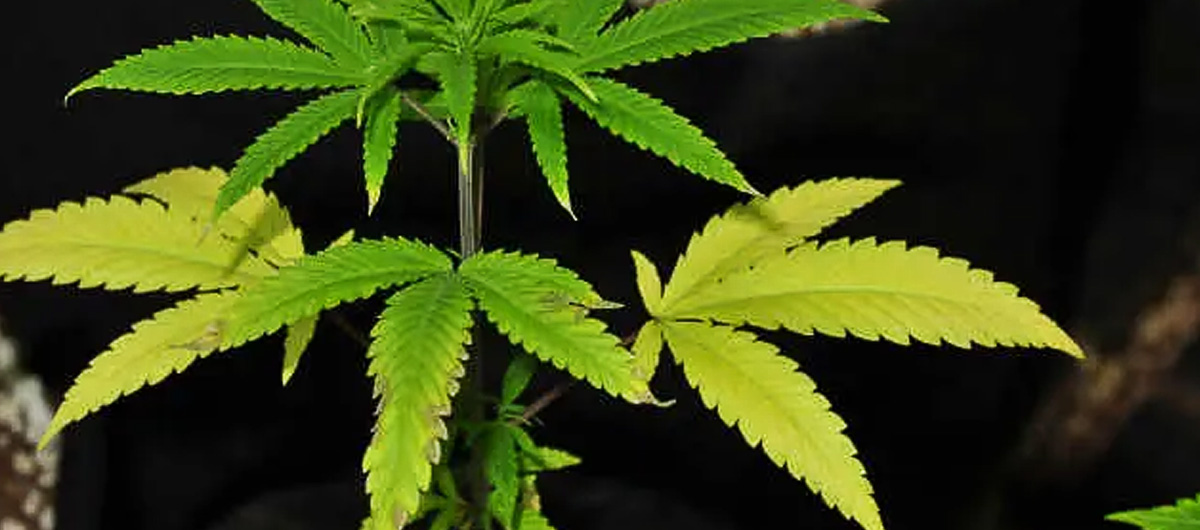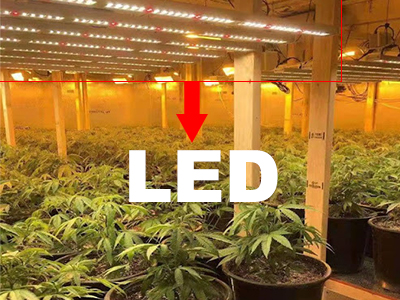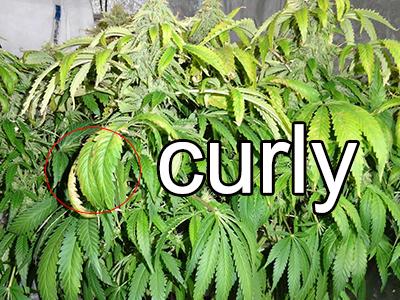If you want to grow indoors, you must get the lighting just right. Too much? The plant may collapse due to heatstroke; what if it’s not enough? They become malnourished.
So how far away should our indoor plant growth lights be from the plants?
The key to the distance of LED grow lights is not to blindly get closer or farther away, but to find the perfect spot where the plants will neither get sunburned nor starved of light. Don’t underestimate this problem. For your plants, this may mean a transformation from withered to strong!
General principles of suspension distance
To understand how high you need to hang your LED grow lights, you have to go into detail. Don't think there is a unified answer, that doesn't exist. You see, each LED lamp is made differently. Some prefer to adjust the angle just right, while others add a lens to the lamp to focus the light neatly. Therefore, the most reliable way to find out the light height that makes plants happy is to ask the manufacturer directly.
Growth stage and hanging distance

Germination period
First of all, the seedlings in the germination stage do not have high light requirements. Just like a baby who has just started to walk, it does not need too much external stimulation. Just give them enough space. At this time, hang the lights higher and don't let too strong light oppress them. Our goal is to let them grow healthily. Keeping the distance between 20-40 inches is a good choice.
Growth period
As the plants grow older and enter the growth phase, their desire for light increases. You can turn the lights down slightly to give them more light. At this stage, the light fixture should be approximately 18 to 24 inches away from the plants to help them thrive.
Flowering period
During the flowering stage, plants need the strongest light to support the blooming of flowers. At this time, the LED lights must be gradually turned down to allow the plants to enjoy more light. But don’t give too much all at once, take your time and let the plants adapt. Gradually reduce the original distance to 12 to 18 inches, which not only meets the needs of flowering, but also avoids burning the plants.
Simply put, plants have different light needs at different growth stages. When we adjust the height of the LED light, we need to find the light spot that allows plants to grow healthily. The distance between the LEDs and the plants mentioned above is mainly for medium-intensity LED lights. If it is other LED lights that are too weak or relatively strong, it is better to ask the lighting manufacturer for details.
Don’t underestimate the power of light damage

Although LED lights are a good thing, if you don't pay attention to the distance between the lights and the plants, the problem of "sunburn" of the plants may occur. Yes, you heard it right, just like humans can be sunburned by the sun, plants can also suffer "light damage" due to being too close to LED lights.
So, how do you know if your plants are experiencing this annoyance? First, look at their leaves. If the leaves start to turn upward as if trying to move away from the light, that could be a sign.
Next, look at the color of the leaves. If you notice they start to bleach and turn white or yellow, especially those leaves closest to the lights, that's likely a sign of light damage. Don't think this is nitrogen deficiency, that's two different things.
Nitrogen deficiency usually starts at the bottom of the plant, with leaves gradually turning yellow, while light damage starts at the top. Another differentiator is that the leaves of plants with light damage will turn upward and may even become brittle, while the leaves of plants with insufficient nitrogen will droop and eventually fall off.
So how to solve this problem?
First, don’t let your LED lights get too “close” to your plants. If you see the above symptoms, your lights may be hung too low. Generally, a safe starting point is 24 to 30 inches for most medium-intensity LED lights. If you are using a particularly powerful LED, you may need a greater hanging distance.
Observing the plant's response is key. If there are signs of light damage, adjust the height of the fixture. It may be necessary to hang the lights higher to protect the plants from direct sunlight. This way, you can find a balance that meets your plant's light needs while avoiding light damage.
The distance between cannabis and LED lights
Cannabis is a plant that is particularly sensitive to light. LED lights with different powers have different irradiation distances, just like pots of different sizes require different cooking temperatures. Moreover, as cannabis grows from seedlings to full bloom, its light needs change again and again. This requires us to adjust the distance between the lights and the plants at any time to ensure that we can get appropriate light at each stage.
Here are some common distances between LED grow lights and plants, which can give you a basic reference:
200W: 12-20 inches in growing stage, 8-16 inches in bloom stage
400W: 20-27 inches in growing stage, 13-21 inches in bloom stage
640W: 30-38 inches during growing period, 18-30 inches during blooming period
800W: 32-42 inches in growing stage, 19-34 inches in bloom stage
1000W: 36-46 inches during growing period, 21-36 inches during blooming period
Mastering the correct use of plant growth lights can ensure the healthy growth of your plants. But don’t forget, quality grow lights are the key to success. After twenty years of painstaking research and development, the THEONEGROW team has launched a series of high-performance LED lights specifically for cannabis growers, covering every growth stage from 50W to 1600W, providing the most suitable growing environment for plants. Click the dialog box below to contact us immediately!























